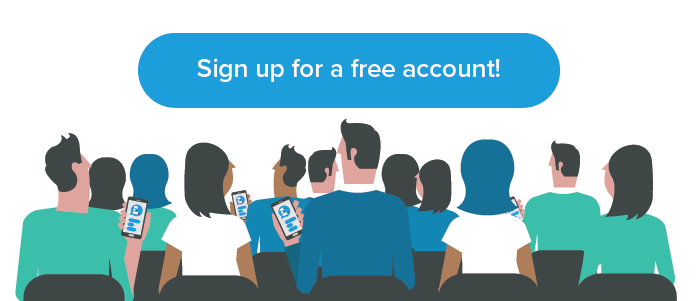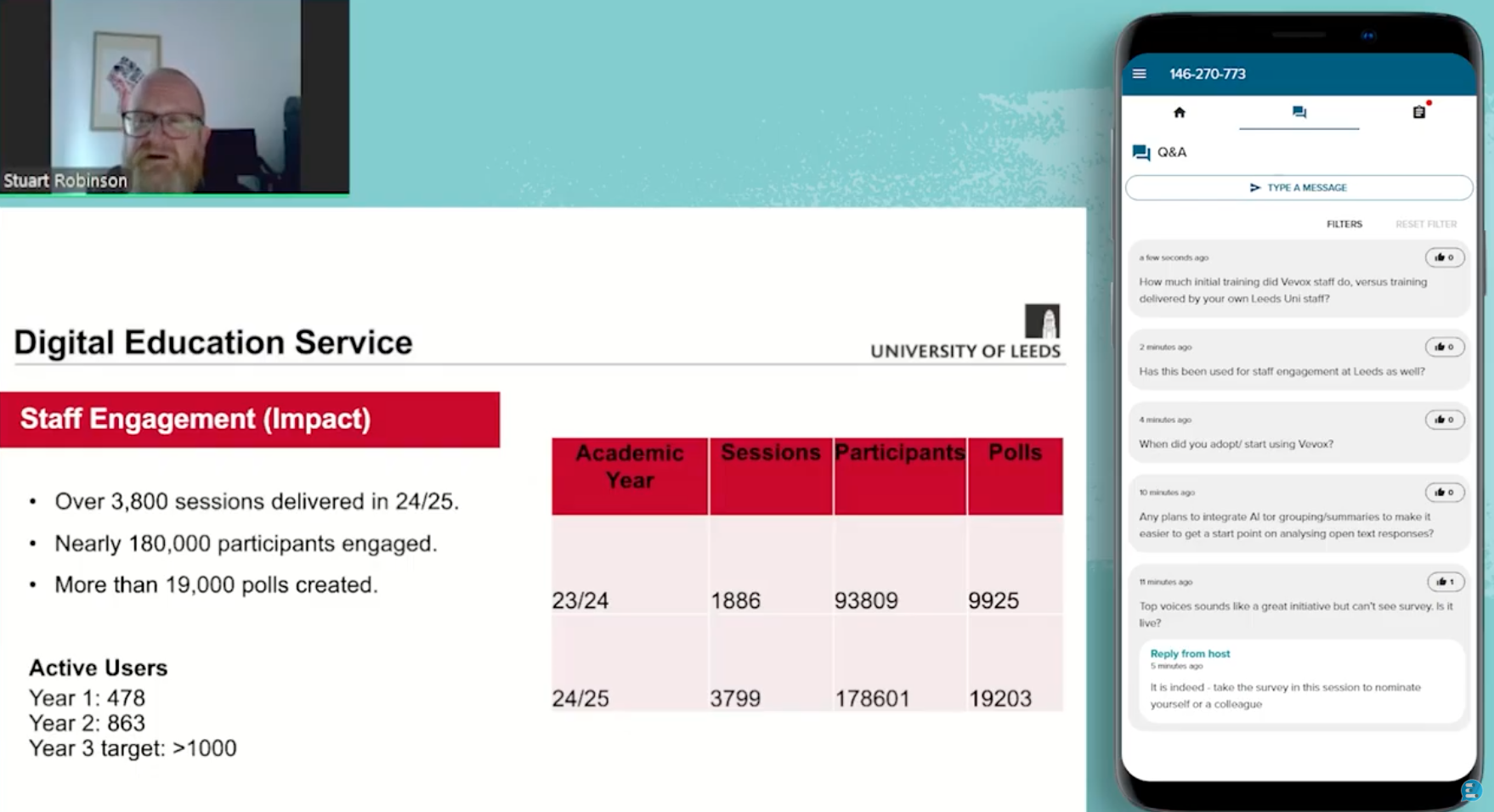Most of us are stuck in a vicious cycle with our emails, we all moan about how many we get yet we perpetuate the problem by sending more and more each year. Research from The McKinsey Global Institute reports that the average employee spends 13 hours a week reading and responding to email, making it the most time-consuming work activity, taking up 28% of our working life.
There’s no getting away from it, email is here to stay but when it comes to creating an effective internal communications environment, here’s why I think it’s time to look elsewhere.
The psychology of email
Don’t get me wrong I think that email communication in today’s workplace is essential, but in the context of internal communication strategy, it’s time to look a little further afield. We’ve grown complacent - we’ve started to take email communication for granted and slipped into bad habits which unfortunately give emails a less than favourable impression. We fire off emails forgetting or forgoing politeness and etiquette, forward long email chains without context, send a read receipt as a chasing tactic and often check emails far too frequently and often at home after hours. We send emails to avoid confrontation, as a way of ‘covering our back’ and I’m sure we’ve all fallen victim to a passive handover of responsibility with a sneaky ‘CC’. It’s easy to see why we can all feel anxious and stressed or even irritated when we hear that familiar notification ‘ping’.
With so much time spent managing our inboxes we’re spending less time getting the job done. A study by the Danwood Group found that it takes an average of 64 seconds to recover from an email interruption (regardless of the email’s importance) and return to work at the same work rate as before the interruption. On average we receive 78 emails a day, which in doing the simple maths, equates to approximately 83 minutes’ worth of distractions. When looking for a way to engage with your employees or colleagues, the stats just don’t add up in emails’ favour if you’re looking for an effective way to get your message heard in a positive light.
The Human connection
Email isn’t really the devil, we’ve simply become too accustomed to most workplace interactions happening through this channel. For internal communications to be effective we mustn’t forget that before email we coped without it; we spoke to each other like the humans that we are. This doesn’t mean that all employee communications should be delivered face to face, or through one on one meetings, but if this is feasible for your organisation and its suitable for a specific topic or employee engagement project, then why not?
Whilst planning this blog I spoke to a few people about the tools, techniques and strategies that they use. A great point was raised - in today’s multi-generational workplace, generally speaking, the younger team members are a lot more comfortable communicating using apps or online collaboration tools but that doesn’t mean all communication needs to happen this way, it’s important to strike a balance.
Creating a comms plan
Through my pre-blog discussions, a working example of an internal communications protocol came to light and I can think of many instances in my own working life where this could have been useful. Having a set of comms guidelines in place helps HR managers to ensure any legalities are covered whilst allowing for a choice of channels.
The example discussed with me included using face to face (or phone) comms for times when decisions need to be made, with email as an option if an audit trail is required, whilst the majority of other comms takes place via online collaboration tools with conversations organised into their respective threads. This approach has now become ingrained in the way their business operates and allows staff to feel they are making a meaningful contribution.
When establishing your internal communications strategy, one of the most important steps is to find channels or outlets that suit your business and the type of communication you are delivering or planning and be mindful this could differ from project to project.
Measure the benefits
If you’re not already measuring the effectiveness of your current communication method (you really should be), maybe you’re unsure about what style of communication would resonate with your workforce. If this is the case, ask your employees what would work for them, then measure the results of this approach. We often conduct internal surveys, using Vevox of course, and these have been invaluable for increasing our employee engagement without an email in sight.
What are your options?
The lynchpin of employee engagement is to allow employees to play an active part in the communication and not just be a bystander. The passive approach to internal communication can leave people feeling cold and definitely doesn’t invoke feelings of compliance, let alone the holy grail of willingness, motivation and action. By creating a sense of ownership and social responsibility, employees tend to feel more naturally inclined to get involved. Some ideas to consider:
- A staff survey (try our ready to use staff feedback survey with Vevox)
- A working breakfast
- A collaboration tool such as Slack, Pinterest or Trello
- A virtual suggestion box
- A townhall or all-hands meeting
Another tool often overlooked in building a strong internal communication campaign is your marketing department. Internal marketing is hugely influential, especially in larger organisations. You could consider creating an infographic or even video content. An internal marketing campaign doesn’t require a high production value, just a well-researched and creative approach.
Three out of four internal communications professionals want to increase their use of mobile apps and social enterprise networks according to the Gatehouse ‘State of the Sector’ research. Email communication will always be a part of an internal comms manager’s toolkit but in my opinion, it shouldn’t be the default option.
Interested in increasing employee engagement in your workplace? Find out Why Vevox?





